Review: 2010 Land Rover LR4
Time was Land Rovers evolved at a leisurely pace, with a redesign perhaps once every decade or two, and name changes pretty much never. But, if you want some of those soccer mom dollars, this just won’t do. So the Disco II became the LR3 (on this side of the pond at least; in the more tradition-minded UK it became the Disco 3). And, just five years later, the LR3 was itself superceded by the LR4. Will the smaller LR2 become the LR3 when it is next redesigned? I suppose they’ll cross that bridge when they come to it. Perhaps they’ll toss the alphanumeric rubbish into the dustbin. The topic for today: what’s the LR4 got that the LR3 did not?
The ultra-clean box of an exterior hasn’t changed much. In fact, only the most astute observers will notice that it has changed at all. Inside the renovations were much more thorough. Focus groups must have unearthed that the LR3’s black plastic didn’t fit the Land Rover image, for the LR4’s interior includes a healthy portion of authentic timber, an upholstered instrument panel, and styling much more like that of senior SUVs. Despite the continued presence of some budget switchgear, the redesigned interior seems much more worthy of the $48,500+ price.
The LR3’s brilliant packaging has been retained in the LR4. So you sit very high and upright on firm but comfortable (if not luxurious) seats in all three rows, with more legroom than should be possible given the 113.6” wheelbase and 190.1” overall length. Yes, even in the third row, though the rearmost seats themselves are a bit undersized. This is the packaging the Jeep Commander should have had. Visibility is outstanding in all directions, with large windows and thin (by current standards) pillars filling the expanse between the low beltline and high roof. A set of five cameras for viewing all around the LR4 became available late in the 2010 model year, but this technology is less necessary here than in the average SUV.
There’s not much space for gear behind the third row, but fold the seats and there’s scads of it, given the boxy shape, low floor, and aforementioned high roof. This interior is so functional it’s not hard to imagine why black plastic seemed an appropriate material for the LR3. But now that they’ve luxed it up, is it still fitting to stuff the ute with camping gear and head into the woods?
The second big change: the LR3’s 300-horsepower 4.4-liter V8 has been tossed in favor of a new 375-horsepower 5.0-liter, again shared with sister company Jaguar. At about 5,700 pounds, the LR4 is a hefty beastie, but the new V8 is more than a match for it. Where the LR3 felt sluggish, the LR4 feels effortless in typical driving and downright energetic when called upon to scoot. The new engine can seem loud from outside the vehicle, but sounds much quieter when inside. Which isn’t entirely a good thing—what you hear you enjoy hearing. The transmission remains a six-speed automatic, so the next upgrade isn’t hard to forecast. The EPA ratings are the same as for the LR3, 11/17, but with the new engine straining much less real-world fuel economy might be better.
The new engine is easily capable of writing checks the chassis can’t cash. The LR4’s extreme height makes for a roomy interior, but not for tight handling. Suspension revisions yield more responsive handling and better-controlled body motions than in the LR3, but the quantity of roll in even moderately hard turns remains nautical. A quick lane change on the highway still effects a disturbing amount of rear-end sway, if substantially less than with the LR3. The related Range Rover Sport almost feels worthy of the “Sport” in comparison. While no one buys an LR4 to autocross it, curvy mountain roads could well be on the agenda. If so, take advantage of the strong brakes before entering the turn. Even with softly-tuned air springs that effectively absorb the bigger bumps, the ride can feel jittery over the small stuff. This might not be a conventional body-on-frame live-axled SUV, but even with a quasi-unibody and independent rear suspension it is very much an SUV.
I didn’t test the LR4 off-road. But it’s clearly engineered to perform well there, with generous ground clearance, heavy-duty (and, judging from the curb weight, simply heavy) subframes, and a “terrain response” knob to tailor the electronic bits to specific conditions. While not many people are likely to off-road a vehicle they paid $50,000 for, after they depreciate it the second owner very well might.
And Land Rovers do depreciate, in part because they’ve long occupied the bottom of the reliability charts. Here the LR4 threatens to break with tradition, with a solidly average score thus far in TrueDelta’s Car Reliability Survey. I have been waiting for Land Rover’s latest to take a turn for the worse, but—between you and me—it looks like this won’t be happening with the next update, which covers through the end of calendar year 2010. The 2005 and 2006 LR3s (we don’t have enough data on more recent years) require about two-and-a-half times as many repairs. Unfortunately, how the LR4 will fare once the warranty ends remains to be seen.
So, Land Rover took the LR3, added a more powerful engine and upgraded the interior, and called the result the LR4. Better? Sure. And the interior remains as surprisingly functional as ever. But the ponderous on-road handling and abysmal fuel economy continue, and continue to call the entire proposition into question. Want to take the entire family off-roading in Old World (near) luxury? Then go for it. If it’s either this or a Lexus GX 460 (which I’ve yet to get my head around) then by all means get the real thing. But for slogging about the burbs just about any crossover is much more suitable.
Michael Karesh owns and operates TrueDelta, an online source of automotive reliability and pricing data
Michael Karesh lives in West Bloomfield, Michigan, with his wife and three children. In 2003 he received a Ph.D. from the University of Chicago. While in Chicago he worked at the National Opinion Research Center, a leader in the field of survey research. For his doctoral thesis, he spent a year-and-a-half inside an automaker studying how and how well it understood consumers when developing new products. While pursuing the degree he taught consumer behavior and product development at Oakland University. Since 1999, he has contributed auto reviews to Epinions, where he is currently one of two people in charge of the autos section. Since earning the degree he has continued to care for his children (school, gymnastics, tae-kwan-do...) and write reviews for Epinions and, more recently, The Truth About Cars while developing TrueDelta, a vehicle reliability and price comparison site.
More by Michael Karesh
Latest Car Reviews
Read moreLatest Product Reviews
Read moreRecent Comments
- AZFelix The last time I missed the Malibu was when one swerved into my lane and I had to brake hard to avoid a collision. 1 out of 5⭐️. Do not recommend.
- 2ACL I won't miss it; it was decent at launch, but in addition to the bad packaging, GM did little to keep it relevant in the segment. I'd prefer that another domestic automaker doesn't just give up on the mainstream sedan, but unlike some of Ford's swan songs, the Malibu made an indifferent case for why they should live.
- ToolGuy TG grows weary of purchasing gasoline. I don't care so much how or why, I am just tired of it. I still buy petroleum products, not 'boycotting oil,' but backing away from gasoline where I can. Sample size = 1.
- Probert Maybe it's not too late for the Dodge Neon I've always dreamed of!!! To the keyboard Robin!
- Akear The malibu still outsells all GM EVs combinedMalibu -150,000GM EV's - 75,000Maybe this represents how execrable GM EVs really are. Barra should have resigned years ago,




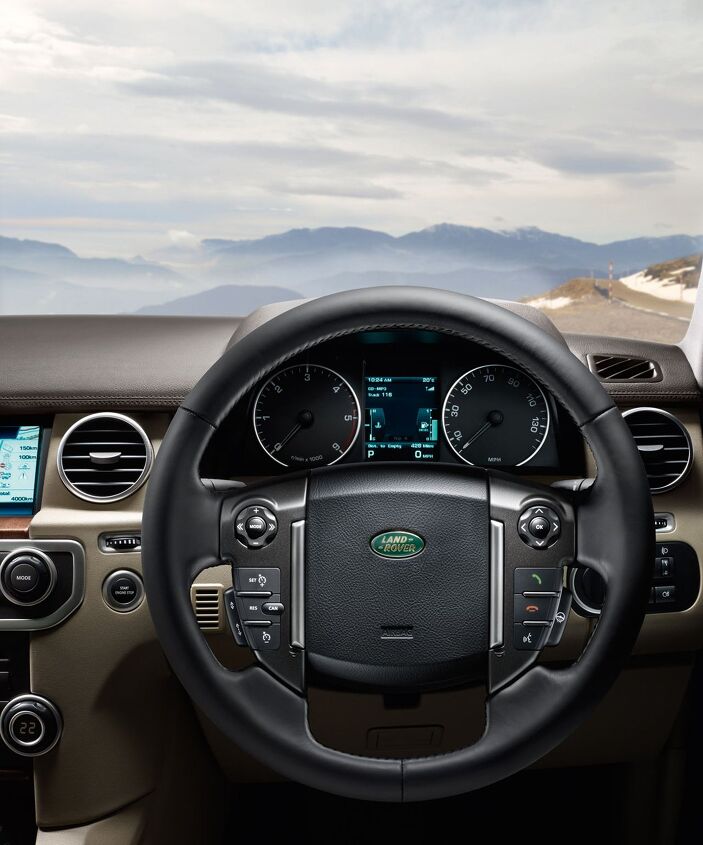



















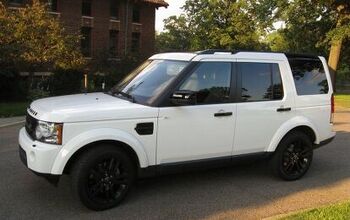
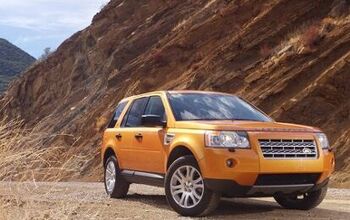

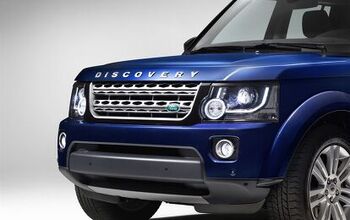
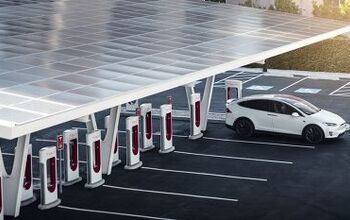










Comments
Join the conversation
The interior doesn't matter as a Land Rover owner spends most of their time in the passenger seat of the tow truck bringing them back to the dealer.
As a second owner of an LR3. I didn't like where the LR4 was going. It seems like their target audience was more towards those who don't take it off-road, and more yuppie-ute. Compared to the LR3, The LR4 has painted wheel well cowling where brush pinstripes will be more apparent, and 19in. rims. It was where the Evoque was going. As far as reliability: I used to live in the mountains where there were no "trained mechanics". A plastic coolant T-connector cracked and leaked coolant all over the place. So I took it to a local shop where they replaced it with a metal one. But they hadn't fixed the problem 100%. Once I took it to the an independent Land Rover mechanic, then it was completely fixed. I would have to admit, the Terrain Response control is phenomenal. It almost drives it for you. Where most Jeep Wranglers had trouble, the LR3 just rolled up the obstacles, without air lockers. It's also tough. I got into an minor accident with a Benz M-Class which resulted in fender damage. I just received a slight scratch on the wheel well cowling---unpainted on the LR3.